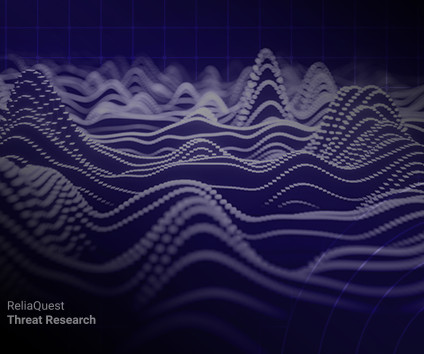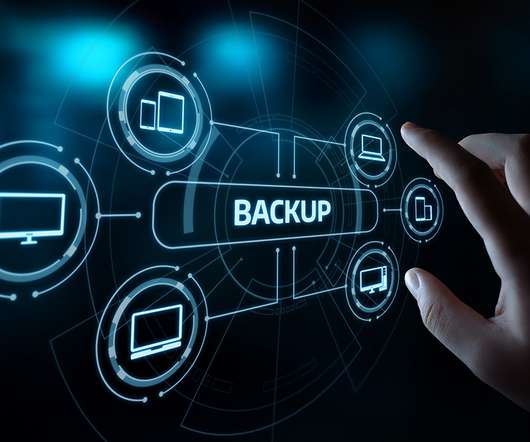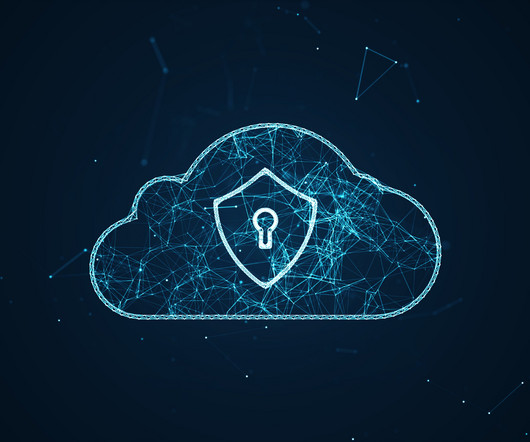Ransomware and Cyber Extortion in Q4 2024
Digital Shadows
JANUARY 14, 2025
To gain access to internal networks, Akira targeted local accounts with disabled multifactor authentication (MFA) and SonicOS firmware versions vulnerable to exploitation, often exposed to the internet for virtual private network (VPN) access. In addition, aligning PowerShell policies with user roles further minimizes abuse.












Let's personalize your content